safe laxatives while breastfeeding
 Laxatives & Breastfeeding
Laxatives & BreastfeedingTop navigation Profile menuAccountExplore Parents Explore PUEBLO PREGUNTA PREGNANCY BABY NAMES BABY TODDLERBIG KID FONDO HEALTH PARENT FOODHOLIDAY OUR MAGAZINESMORE Profile menu Follow Us How to relieve postpartum constipation After delivering your baby, many new mothers experience postpartum constipation. Learn about the causes of this nasty condition, with 10 tips to get things moving again. Almost nothing is sacred in the conversations of new mother: boobs, , stretch marks, fear of having sex again. But there is a side effect that even over-sharers often see as TMI. "No one talks about the fact that constipation is one of the worst complications," says Jennifer Wider, M.D., a health expert for women in Fairfield, Connecticut, and author of the New Mother's Survival Guide. I had no idea how painful it would be, and I'm a doctor. This is what you need to know about this annoying, unpleasant and uncomfortable birth side effect. CONCERNED: Causes of postpartum constipation Postpartum constipation Causes, peaks after birth, crawls through the breastfeeding stage, and continues even when your young child is entering the bathroom. It usually results from a combination of different factors, which may include a traumatized digestive system from birth, fluctuating hormones, postpartum medications, dehydration or a subconscious fear of . Postpartum constipation and hemorrhoids usually come as a package of agreement, so some women can also worry about irritating their hemorrhoids with a bowel movement. How long does postpartum constipation last? Statistics on the prevalence of constipation of the mother are low, as most people do not seek help. Most women start having regular bowel movements a few days after delivery. However, a Canadian study found that 60% of women experience weekly constipation. 90 percent creepy says it happens at least once a month. Treatment and relief after delivery Treatment and Relief of Postpartum ConstipationThe constipation pain may seem easy to brush, especially when you have much more to treat. But remember: The problem is not just that you're not shitting, but you're also hindering a constant discomfort. And no matter how busy you are, you deserve to feel better. What's more, if you don't find ways to treat your constipation and then, you could easily develop a chronic problem that is much harder to solve. These postpartum constipation relief strategies will help things get right.1. Fiberyep, Grandma's got it right. Consequently eat beans, bran cereals, whole grains, fruits and vegetables can prevent and relieve postpartum constipation. The average woman needs, but most people have only about 15. Studies show that eating two or three plums is as useful as taking a laxative. They are not only high in fiber (1 cup provides 12 grams), they also contain sorbitol, a sugar alcohol that has a natural laxative effect.2. Drink plenty of water. When you are breast-feeding, part of the water that would normally go directly to your colon — to help keep food moving — is used for . Without the water you need, your colon absorbs the remaining liquid in your food waste, resulting in more difficult stools that do not shake. Therefore, aim at 10 to 12 glasses a day instead of eight, says Christy Dibble, D.O., director of the Women's Gastrointestinal Health Center at the Rhode Island Women's Children's Hospital in Providence. This advice is also important if you are raising fiber intake. Without extra water, fiber can worsen constipation and cause gas, swelling and reflux.3. "Physical activity increases the flow of blood and oxygen to all organs, including the intestine, so sedentary people have higher rates of constipation," says Toyia James-Stevenson, M.D., IU Health gastroenterologist in Indianapolis. It is difficult to fit into exercise when you are deprived of sleep and in mom's service 24/7, but you don't have to run a marathon to see results. oscillation of the playground counts, as does the smooth stretching. Your goal can be to get off the sofa as often as possible for relief from postpartum constipation.4. Turn to a postpartum constipation medication "Many OTC options are quite benign and very therapeutic," says Dr. Wider. Many women start with a load agent (esentially, powder-shaped fiber) like Metamucil or Citrucel. It's a good idea to direct this by your doctor before you start, as a precaution. "I have my patients taking a quarter of the recommended dose, and then slowly increase it to the total amount for a few weeks," says Dr. Dibble. "If they gradually accumulate, they avoid swelling and sometimes come with extra fiber." Feces softeners such as Colace are also effective and safe. If you still need help, try a mild laxative like or , which attracts extra fluid in the intestines. (If you take a postpartum laxative constipation, be sure to drink a lot of water.) Avoid stimulant laxatives containing senna or peel, as they may become ineffective over time. 5. Improve your pottySitting posture may seem more civilized, but asphyxiation is the most effective way to do your business. When you sit down or stand, a muscle called puborectalis creates a kink in your colon that prevents feces from sliding. (This is useful at work and during the car pool, but not when you have finally found five minutes.) Fortunately, lift your feet, so that your knees are higher than your pelvis, relax the muscle of puborectalis and straighten the pull, giving your caca a smoother route, says Dr. James-Stevenson. When nature calls, try to sit on the toilet and put your feet on a stool step. You can also buy one for about $25.6. Correct time The large intestine likes a regular schedule. To prevent postpartum constipation, note the time of the day when you typically feel the impulse, and or the food around then, along with a little coffee or tea. No caffeine? No problem. A cup of warm water or herbal tea can also be effective. 7. Breathe through itWhen you're trying to shit, take it slowly. "Spend less than five minutes or so on the toilet and try a deep breath. The pelvic soil is actually a breathing muscle," says Carrie Pagliano, DPT, founder of Carrie Pagliano Fisiotherapy, in Arlington, Virginia and spokesman for the American Physical Therapy Association. "When you inhale, the pelvic soil falls, and when you exhale, it rises." Slow and deep breathing introduces a nice soft movement that can push the caca along the way, and helps you if you are having trouble with the feeling. Making a low humming sound or slowly repeating a mantra also helps some women with postpartum constipation.8. Put it down and out If you know where to apply pressure, abdominal massage can be a simple and effective way to stimulate a , says Dr. Pagliano. A physical therapist can teach you, or you can use videos of how to video on YouTube (see "abdominal massaging for constipation"). Your fingers should follow the path of the colon itself: Press on the hip bone at the bottom right, move through the belly to the bottom of the rib cage, go back down to the left hip bone, then return to the navel, and finally straight to the pubic area. To get better results, do the massage directly before or after a meal.9. Try physical therapy If the urine leak or painful coitus accompanies your postpartum constipation, or if you do not experience the urge to go, your pelvis' muscles and nerves may have been damaged or traumatized during pregnancy or childbirth. You can ask your OB-GYN for a referral to a physical therapist who specializes in pelvic-floor health, or find one on your own in the . A physical therapist will perform an evaluation of your pelvic bones, muscles and nerves, then teach you exercises that can help facilitate an intestinal movement. "We often find that women are taking too much, which could make the muscles of the exit ramp close instead of opening up," says Laurie Kilmartin, DPT, clinical specialist of the Women's Physical Health Therapy Program in NYU Langone Health Rusk Rehabilitation. CONCERNED: 10. Getting an IG doctorSometimes postpartum constipation guarantees greater medical attention. If you are experiencing a chronic mixture of swelling, cramps, gas, or abdominal pain, or have disorders of diarrhea and constipation, you may have, a disorder that affects 10 to 15 percent of the population. Women are up to twice as likely as men to have IBS, and symptoms are often worse during or just before their period. Doctors don't know what the IBS causes, but potential culprits include intestinal muscle contractions that can be too weak or too strong, inflammation, changes in intestinal bacteria and poorly coordinated signals between the brain and intestines. There is no cure for IBS, but it can be administered with a diet, medicine and therapy. "And although it is still rare, we are seeing a growing number of young women with colon cancer," says Dr. Dibble. All rectal bleeding should be brought to your doctor's attention. Parent Magazine Participation optionsComment on this project Log in Magazines & More informationConnectOther Meredith Sites View image

5 Tips to Safely Detox While Breastfeeding | Coconut Mama

Is It Safe to Take Laxatives while Breastfeeding? | Parentinghealthybabies

Constipation During Pregnancy – Dulcolax®

Miralax, Dulcolax, and Other Medications Safe to Use While Breastfeeding - Dallas OBGYN Doctors

Constipation During Pregnancy – Dulcolax®

List of 12 Fruits to Eat and Avoid During Breastfeeding

Are Stool-Softening Laxatives Safe While Pregnant? | babyMed.com

Is It Safe To Eat Chocolate While Breastfeeding?
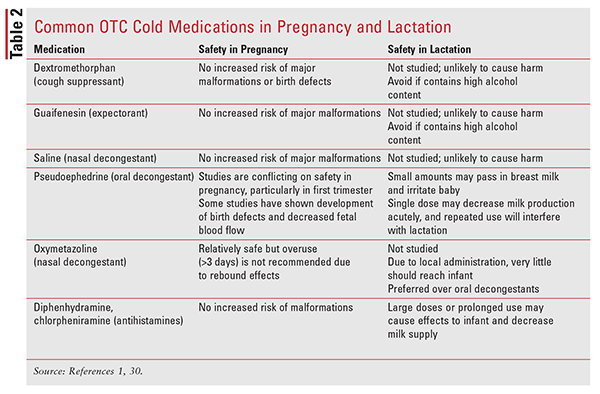
OTC Medication Use in Pregnancy and Breastfeeding

Constipation in Breastfed Babies: Symptoms, Causes, and Treatment

What laxatives are safe for breastfeeding

Should I Take Laxatives While Breastfeeding? (with pictures)
/CristianBaitgGetty-56a0b7c53df78cafdaa44e68.jpg)
What Is Colostrum?

What laxatives are safe for breastfeeding

Foods to avoid when breastfeeding – what to avoid and why | Metro News
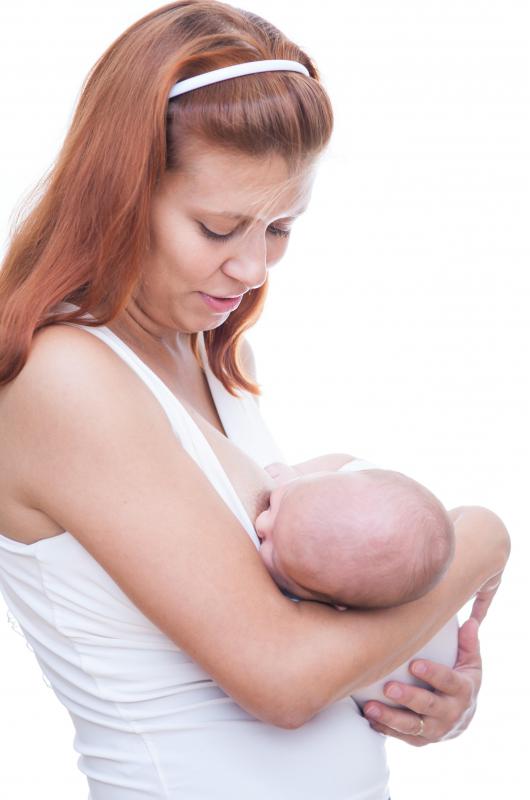
Should I Take Laxatives While Breastfeeding? (with pictures)

Postpartum stool softener: Tips, options, and when to seek help
sankaba Žudynės Asilas drugs safe during breastfeeding - comfortsuitestomball.com

Is It Safe To Eat Chocolate While Breastfeeding?
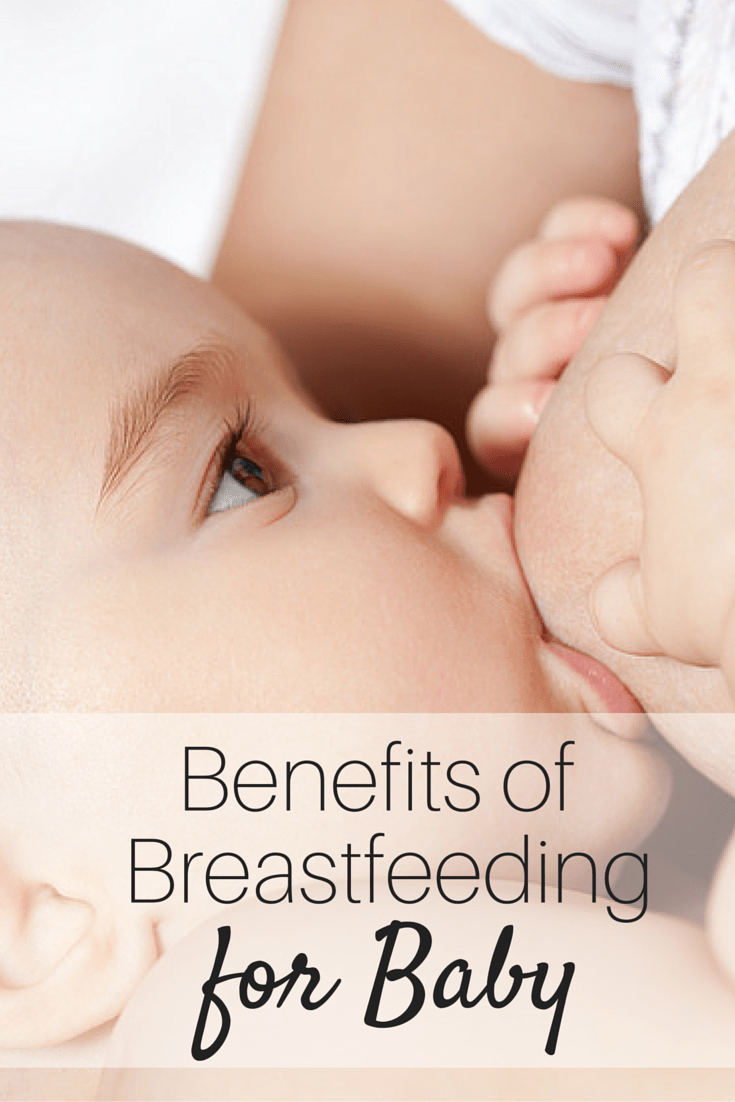
What laxatives are safe for breastfeeding

What Is Bisacodyl Used For?
Medicines in breastfeeding
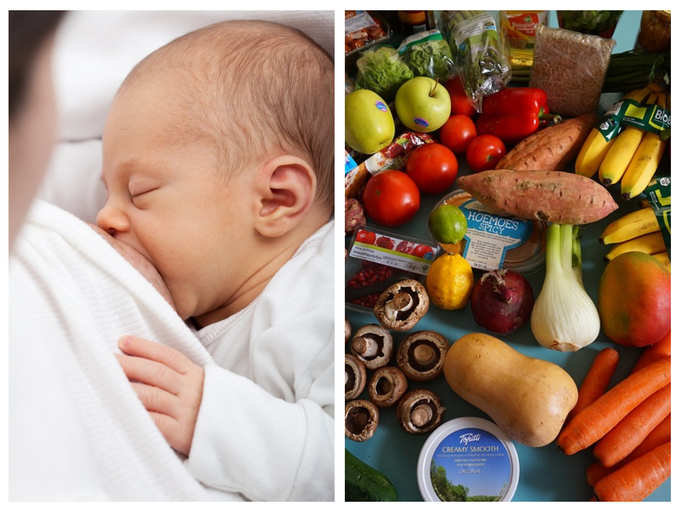
World Breastfeeding Week: Foods to eat & avoid for breastfeeding mothers | The Times of India

Constipation in Breastfed Babies: Symptoms, Causes, and Treatment

Senna While Breastfeeding - Safety And Health Benefits

Top 11 Foods To Stay Away From While Breastfeeding | Nursing Moms

Foods to Avoid While Breastfeeding (& Foods That Are Safe)

Taking medicine while breastfeeding | BabyCenter

Breastfeeding and Over-The-Counter Drugs - Consumer Health News | HealthDay

Breastfed Children's Bowel Movements | Happy Family Organics

Breastfeeding while pregnant | Pregnancy Birth and Baby

Dulcolax | Dulcolax® Laxative Tablets

Breastfeeding diet: Nutrition and foods to avoid

Senokot® Regular Strength Laxative | Gentle and Overnight Relief from Occasional Constipation - Senokot®

Constipation after having a baby - BabyCentre UK

Is MiraLax the Cause of 'Horrifying' Changes Parents Are Seeing in Their Kids? | Parents
Medications and Breastfeeding: Which Medications Can You Take While Nursing?

Patient education: Constipation in infants and children (Beyond the Basics) - UpToDate
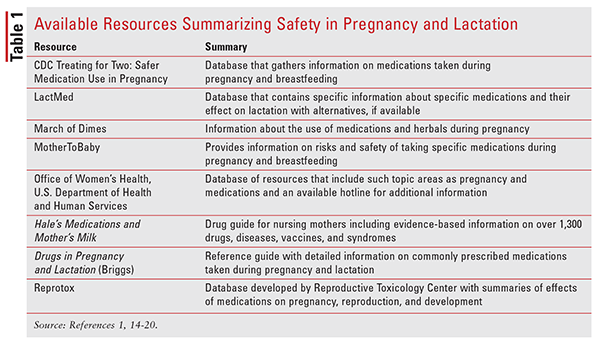
OTC Medication Use in Pregnancy and Breastfeeding

Can I Take A Saline Laxative While Breastfeeding
Posting Komentar untuk "safe laxatives while breastfeeding"